A Closer Look: Social Immunity
by Clarence Collison Individual honey bees of all ages and castes have developed mechanisms to limit the impacts of their pathogens. Insect social life…
Read Moreby Clarence Collison Individual honey bees of all ages and castes have developed mechanisms to limit the impacts of their pathogens. Insect social life…
Read More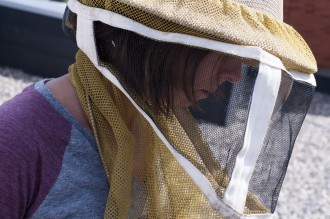
By Jim Grupp There are a lot of us “new comers” in our bee club, just starting our beekeeping this year. Thought it might…
Read More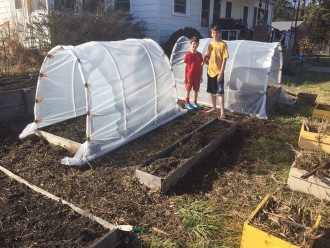
By Jessica Louque Do you ever have those neighbors that are always doing really strange things and you think maybe they are somewhere between…
Read More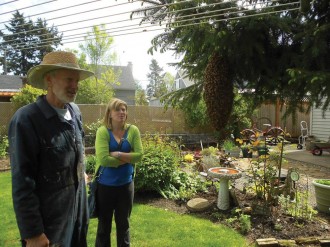
By Dewey Caron Glen Andresen has been keeping bees over 22 seasons. He is also a Master gardener. He enjoys teaching others both practical,…
Read More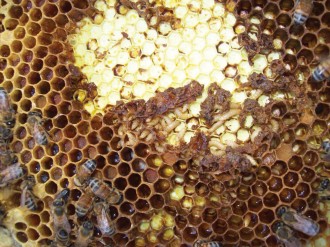
I investigated several episodes of significant colony losses in Mississippi during the last year, and in almost all cases colony demise stemmed from failure…
Read MoreA beekeeper in Texas writes: I recently watched a video on YouTube that advocates using a nine frame bar spacer, as shown below. It looks…
Read More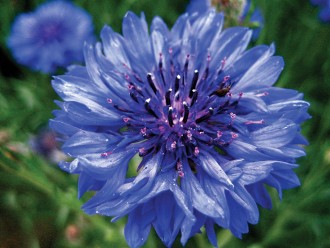
by Connie Krochmal The centaureas are reliable, long-blooming, sturdy, easy to grow plants. The group includes native, naturalized, and cultivated species. These are valuable…
Read More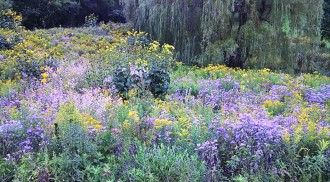
“I can sit on the porch before my door and see miles of the most beautiful prairie… surpassing, in my mind, the beauties of…
Read MoreHoney Bee Health Coalition Multiple Factors Influence Honey Bee Health Multiple factors impact honey bee health; these include bee pests and pathogens, forage and…
Read Moreby Clarence Collison Worker honey bees begin their first use of venom when they attain an age of of about 14 days for defense…
Read MoreGet ready: this column is about to contradict itself. Kind of. Our overall message each month (yawn) is meant to be that bees are…
Read MoreFor the first time in it’s 14-year history, the Heartland Apicultural Society (HAS), will meet in Michigan. The venue will be Albion College and…
Read MoreApimondia is an exciting, dynamic, diverse meeting of the world beekeeping industry. It is the bi-annual congress of the International Federation of Beekeepers’ Associations….
Read MoreEd Colby Why don’t you just send all your bees to California for the almonds,” Marilyn wondered. “Then you’d have the Winter off.” Maybe…
Read More
Ross Conrad Many indigenous cultures around the world believe that everything in the natural world has something to teach us if we are open…
Read MoreBut You Need Guidelines Ann Harman Experienced beekeepers know that each colony has its own ‘personality.’ And it’s ever-changing (remember all those drones that…
Read More
Pollinator Habitat Is Disappearing At Rates Usually Reserved For Descriptions Of Amazon Rain Deforestation Michele Colopy Pollinator Stewardship Council If we are to address…
Read More
By Clarence Collison Reproducing Varroa females lay the first egg in the brood cell approximately 70 hours after host cell capping. The life cycle…
Read MoreAn inquiry into honey and pollen by Leah Latshaw “What is honey?” “Why is it different colors?” “How is the honey produced by a…
Read MoreBiology, mentors, veterans, bees and honey by Jack Blackford When stepping into the cavernous beekeeping workshop of Ed Forney you must be prepared for…
Read More